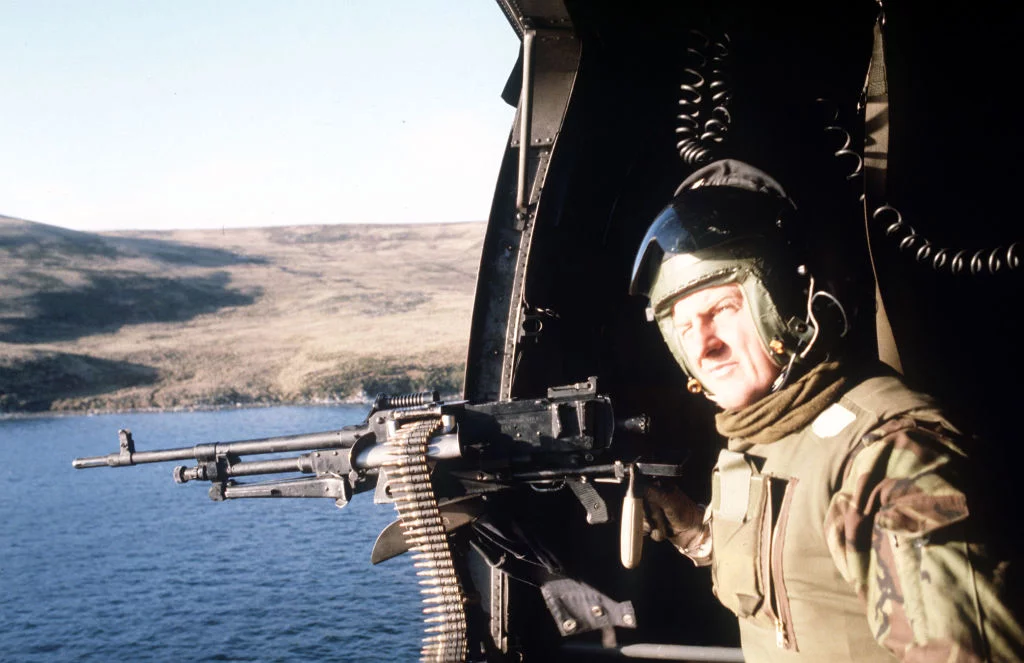At the beginning of the 1980s the Falkland Islands, a remote archipelago in the South Atlantic, was largely unheard of.
Boasting a small garrison of just sixty Royal Marines the islands were home to 3,000 British citizens and five different species of penguin.
The island’s strategic proximity to the Antarctic make the location a valuable asset for the UK government and a convenient springboard for expeditions to the polar region.
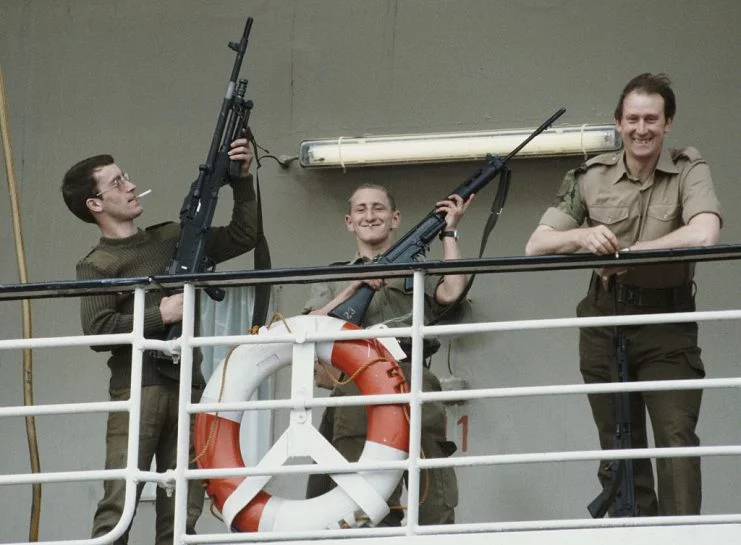
Back in 1982, the Falklands War drew attention to this remote British outpost which had last seen serious military action in the First World War.
Six ships from Germany’s East Asia Squadron were sunk in December 1914, effectively wiping out the Imperial Navy’s overseas capability.
On April 2nd, 1982, Argentinian forces invaded the islands having claimed sovereignty over the archipelago for many years.
The military junta governing the country at the time calculated that the British government, eight-thousand miles away, would hesitate to defend such a far-flung place.
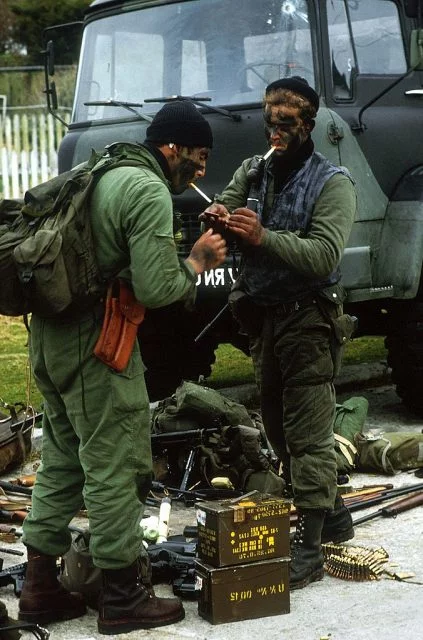
Operation Rosario opened with the deployment of amphibious landing craft and engagement of UK forces in Port Stanley and at Government House.
Despite the Royal Marines putting up a strong defence, the numbers were never going to be on their side and eventually Governor Sir Rex Hunt had to capitulate in order to protect civilians under his protection.
Despite this early success the Argentine calculation proved incorrect as the British government assembled a task force, which it dispatched to the South Atlantic just days later.
The conflict itself raged for seventy-four days and the Falkland Islands were liberated by the British on June 14th, 1982.
The Argentine Government framed the invasion as an attempt to rightfully regain territory they saw as legally belonging to their country whereas the UK was unequivocal that this was an invasion of its sovereign territory.
Although neither nation went as far as to declare war, the islands were declared a war zone by both.
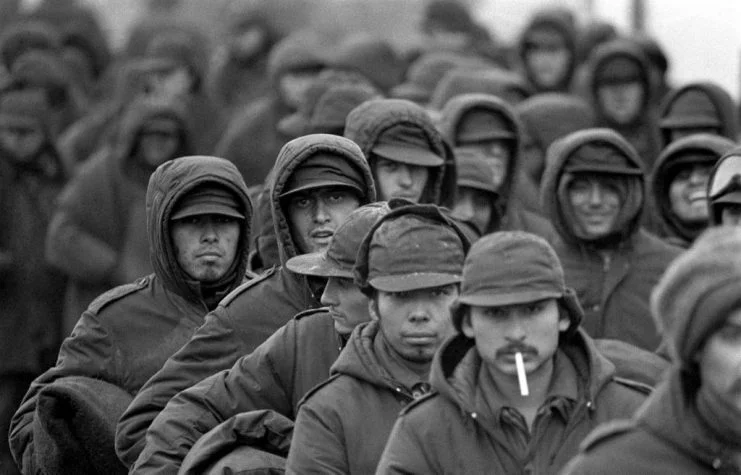
The battle has since been made the subject of several military studies with lessons learned regarding the vulnerability of ships to missiles and submarines and the logistical demands of supporting a long-distance projection of power with regard to a remote asset.
The significant effect of tactical air deployments, including the use of helicopters is also part of the legacy of the conflict.
As the 40th anniversary of the war approaches in 2022 the Falkland Islands are facing a more welcome invasion of tourists keen to see for themselves the memorials and battlegrounds that played a key part in the ten-week conflict.
The Falkland Islands have been described as thriving and new tourist routes are being opened up for tourism, most recently by the operator LATAM between Sao Paolo in Brazil and Mount Pleasant on East Falkland.
Many come to see the memorials to the war dead, from both the UK and Argentina. Six-hundred and forty-nine Argentine military personnel died, their memorial at Argentine Military Cemetery to the west of the Darwin Settlement is visited regularly.
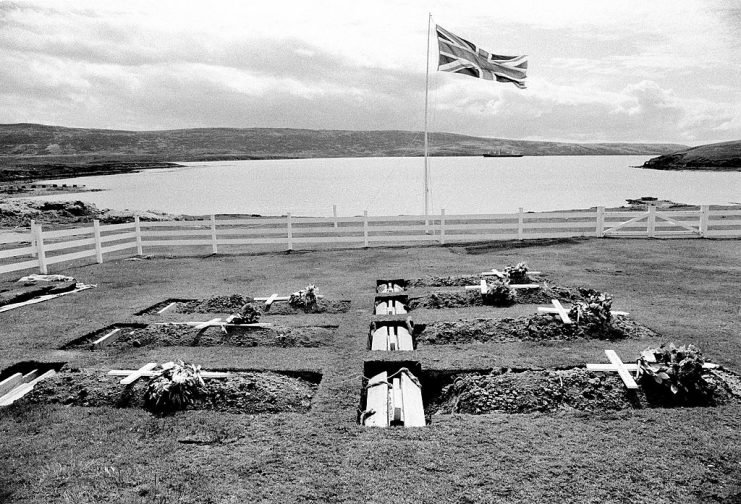
The Argentine government declined an offer from the UK government for the bodies to be repatriated.
The British Liberation Memorial at Stanley located in front of the Secretariat Building overlooking the port commemorates the two-hundred and fifty-five military personnel lost in the conflict.
Sixty-four of the war dead were repatriated to the UK, while some fourteen were buried at Blue Beach Military Cemetery.
The memorial was entirely funded by public donation from Falkland Islanders, putting the stamp on their self-assertion as British citizens.
The Falkland islanders themselves are almost entirely of British origin with some boasting an inheritance that stretches all the way back to the first settlers who arrived in 1845.
HMS Conqueror’s Surprise Strike on the Belgrano has Been Vindicated
The Falkland Islands became a protectorate of the UK in the same decade. The Argentinian claim to the islands remains one of geography rather than culture and has been retained as part of their constitution.
